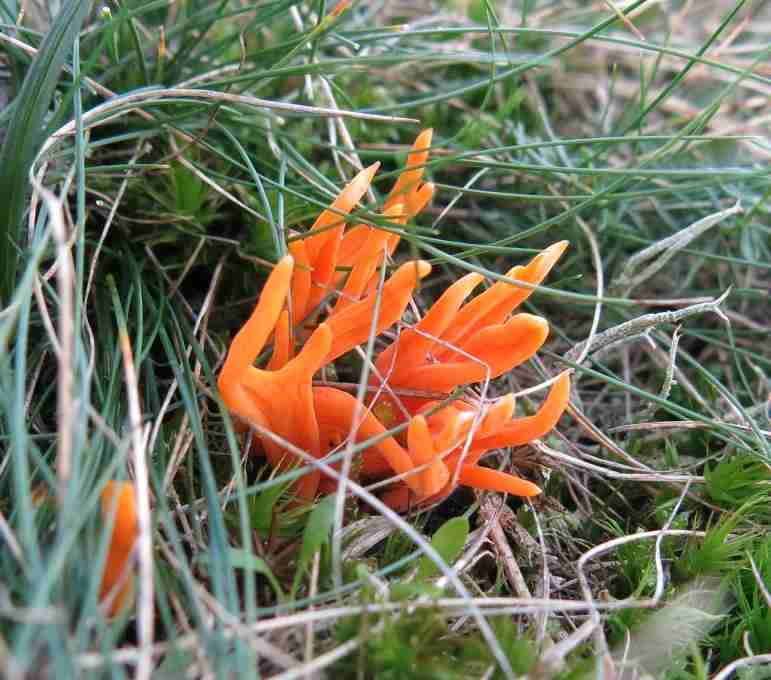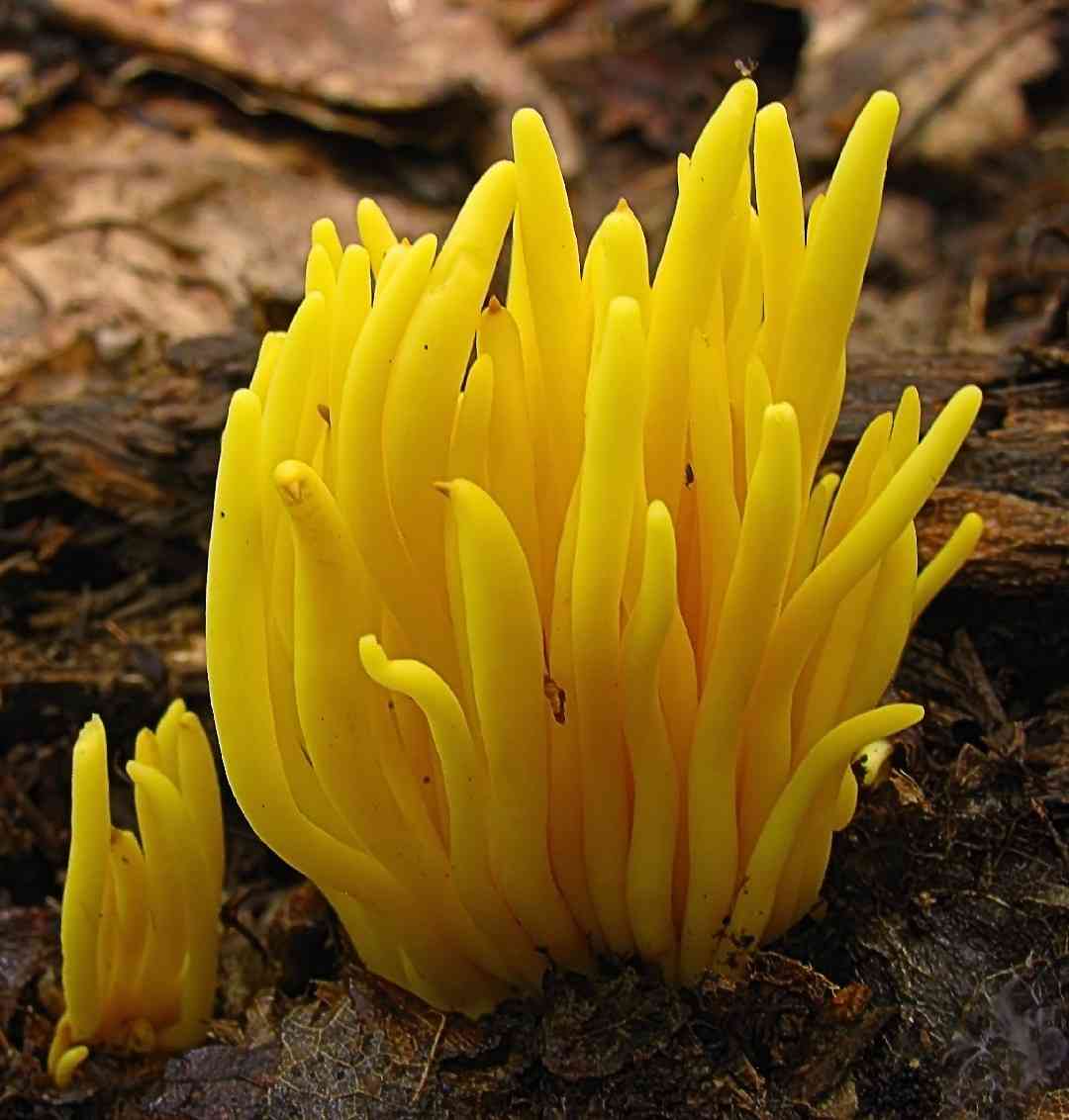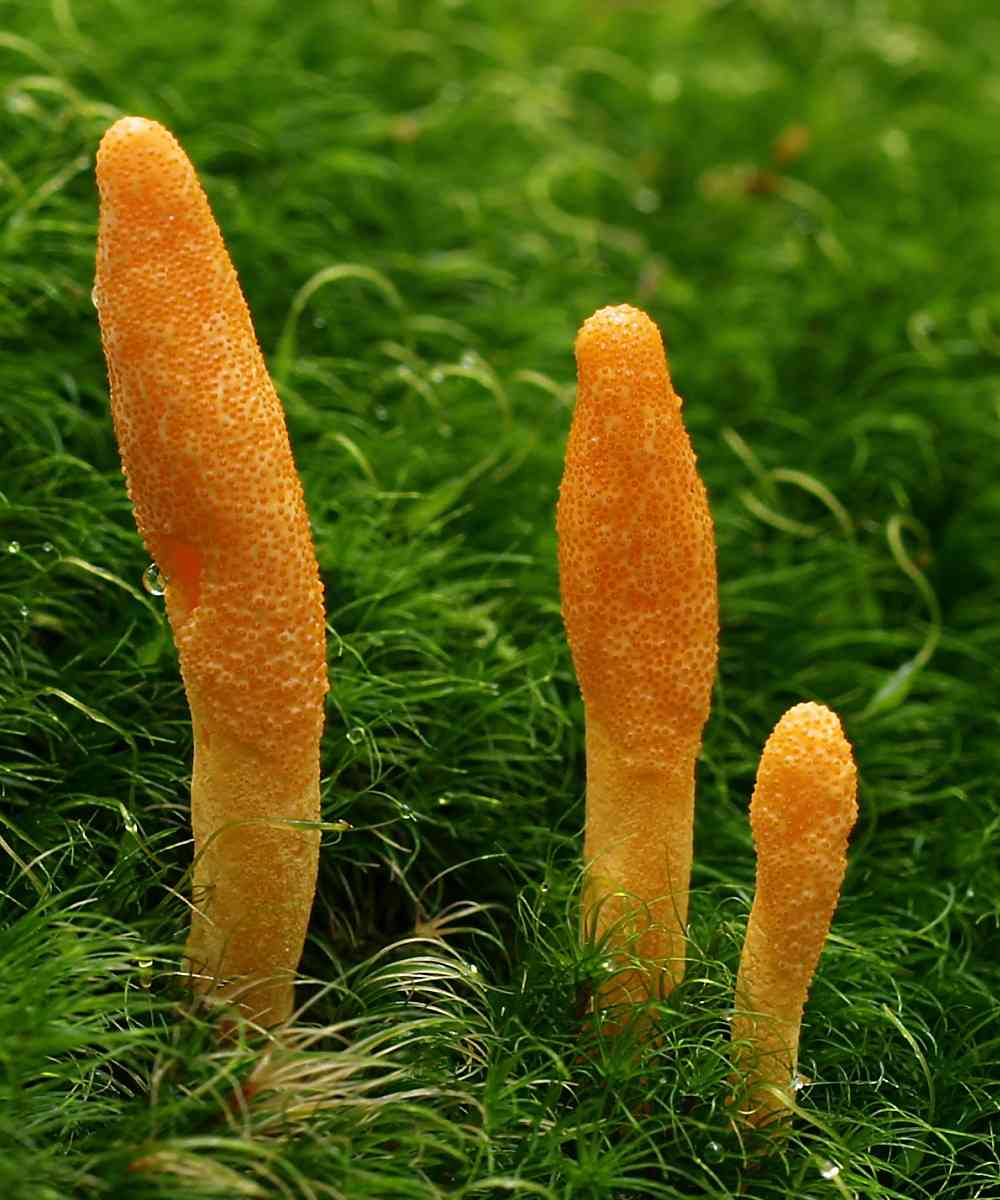
Apricot club
Clavulinopsis luteoalba
A species of Clavulinopsis.
The Apricot club stands out due to its peculiar club-like shape and a hue that varies from a pale yellow to white. It commonly flourishes in grassy environments and emerges during the warmer periods of the year. This species plays a crucial role in the ecosystem by decomposing organic material, thereby facilitating nutrient circulation. Its notable size and characteristic structure allow for easy identification by those familiar with it.
In This Article
Attributes of Apricot club
Spore Print Color
White
Odor
Slightly musty aroma
Flesh Bruises
The flesh or milk does not discolor when bruised or cut.
Growth Form
Gregarious
Nutrient Gathering
Saprophytic
Substrate
On soil
You can find Apricot club by these plants
Oaks, Spruces
Occurence Habitats
Meadows
Scientific Classification of Apricot club
Phylum
Club fungi
Class
Mushroom-forming fungi
Order
Gilled fungi
Family
Coral fungi
Genus
Clavulinopsis
Toxicity and Edibility of Apricot club
Is Apricot club Toxic?
Toxicity information is not available for this mushroom. Always consult with an expert before consuming any wild mushrooms.



